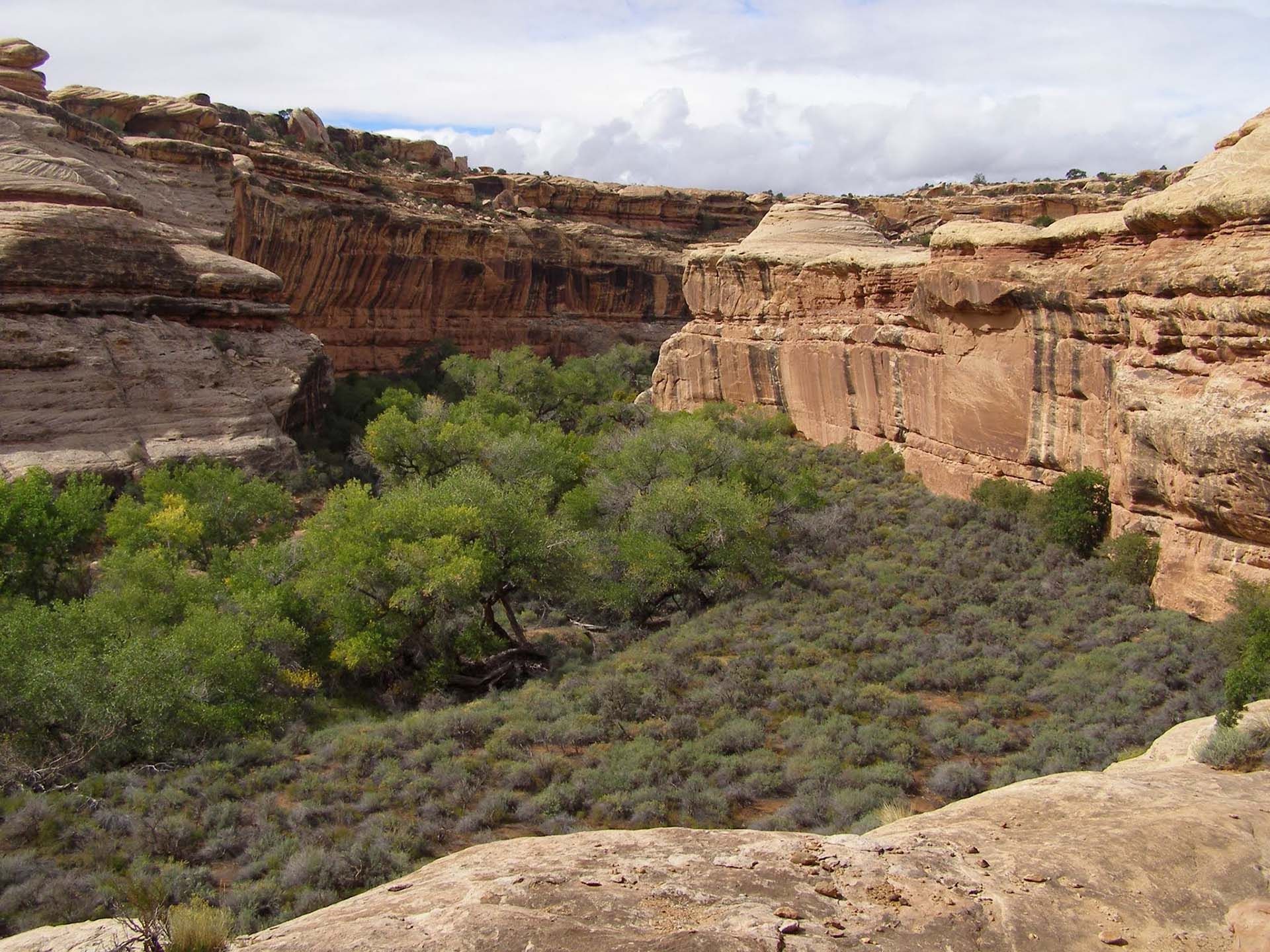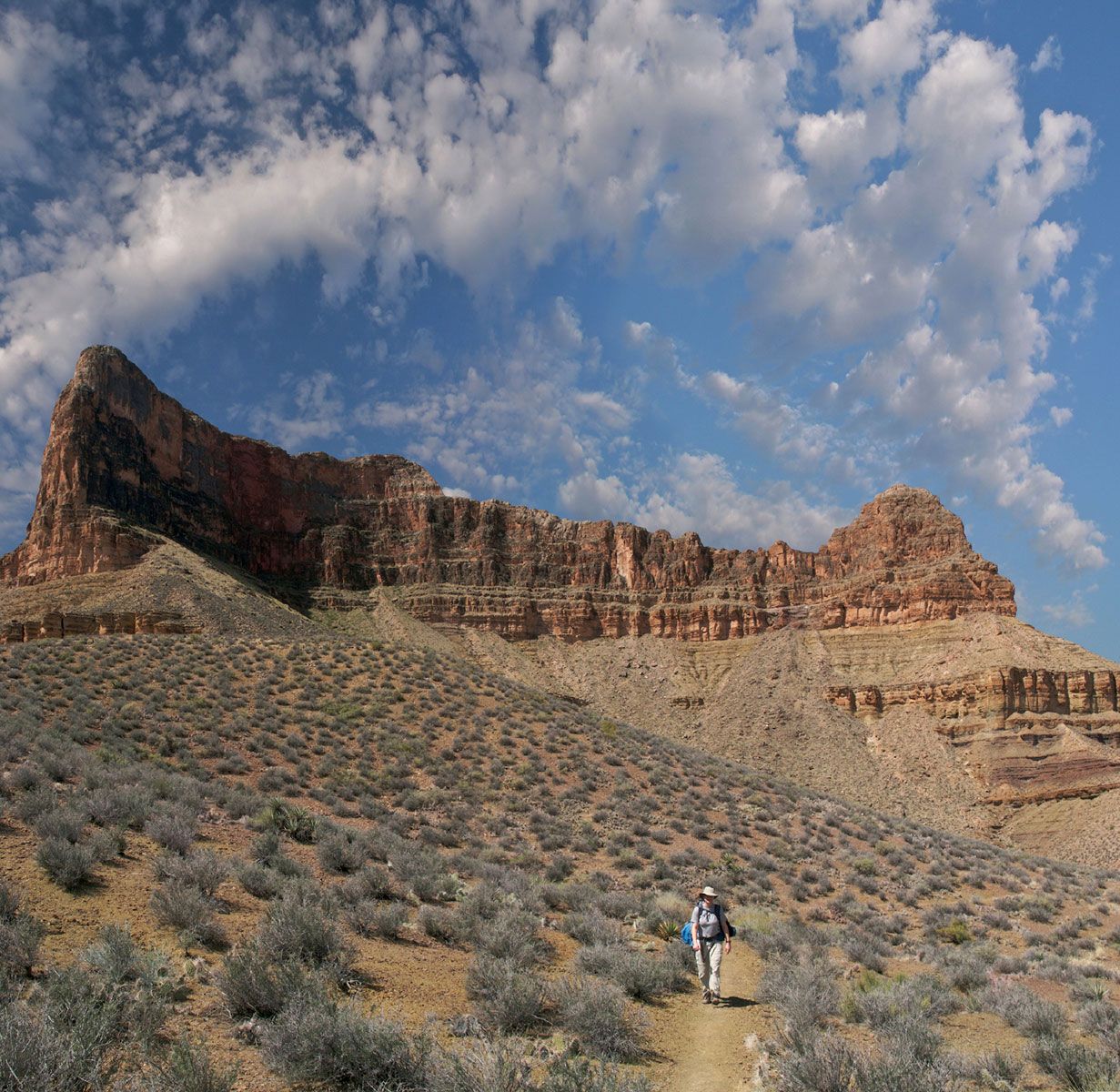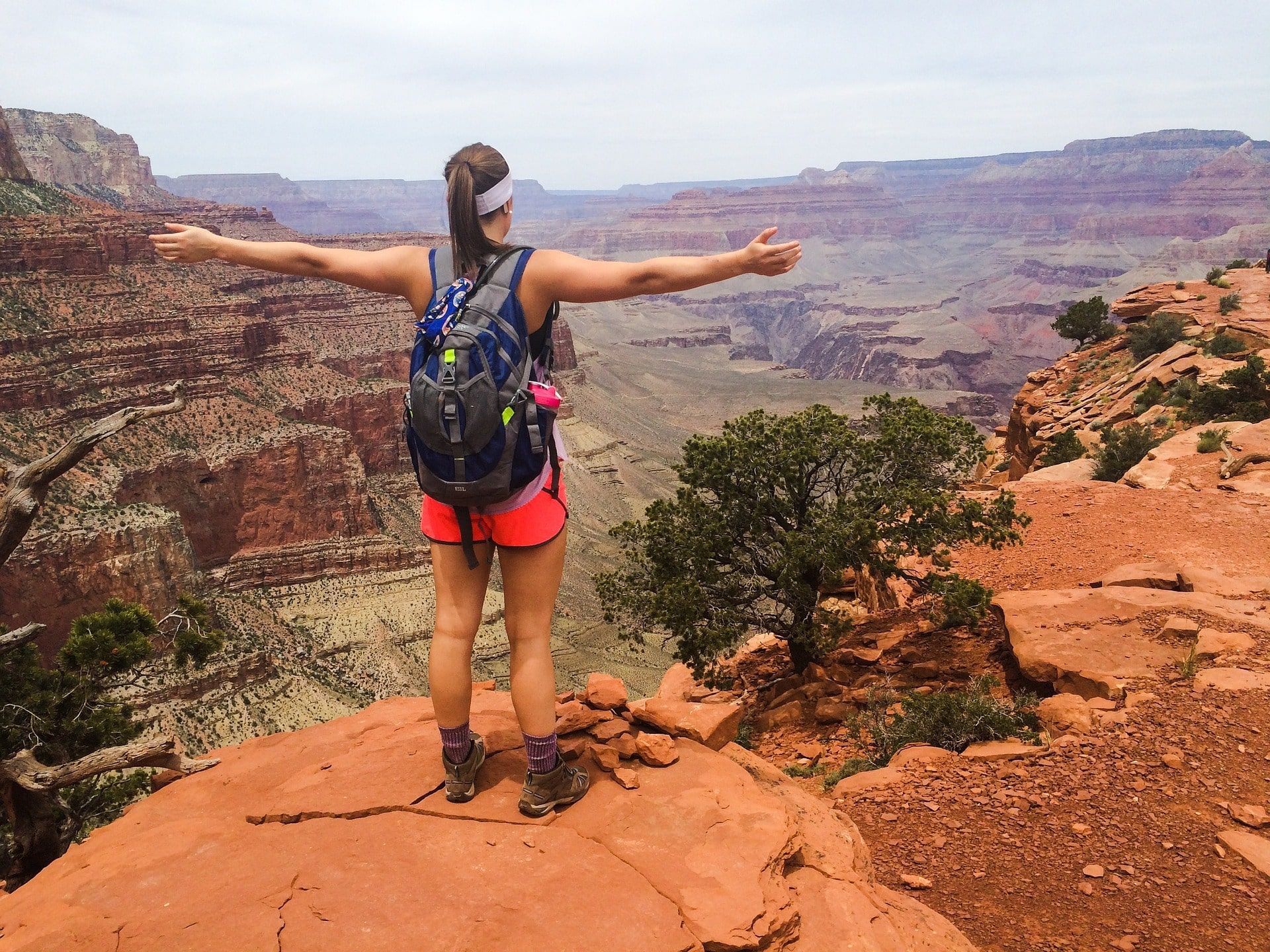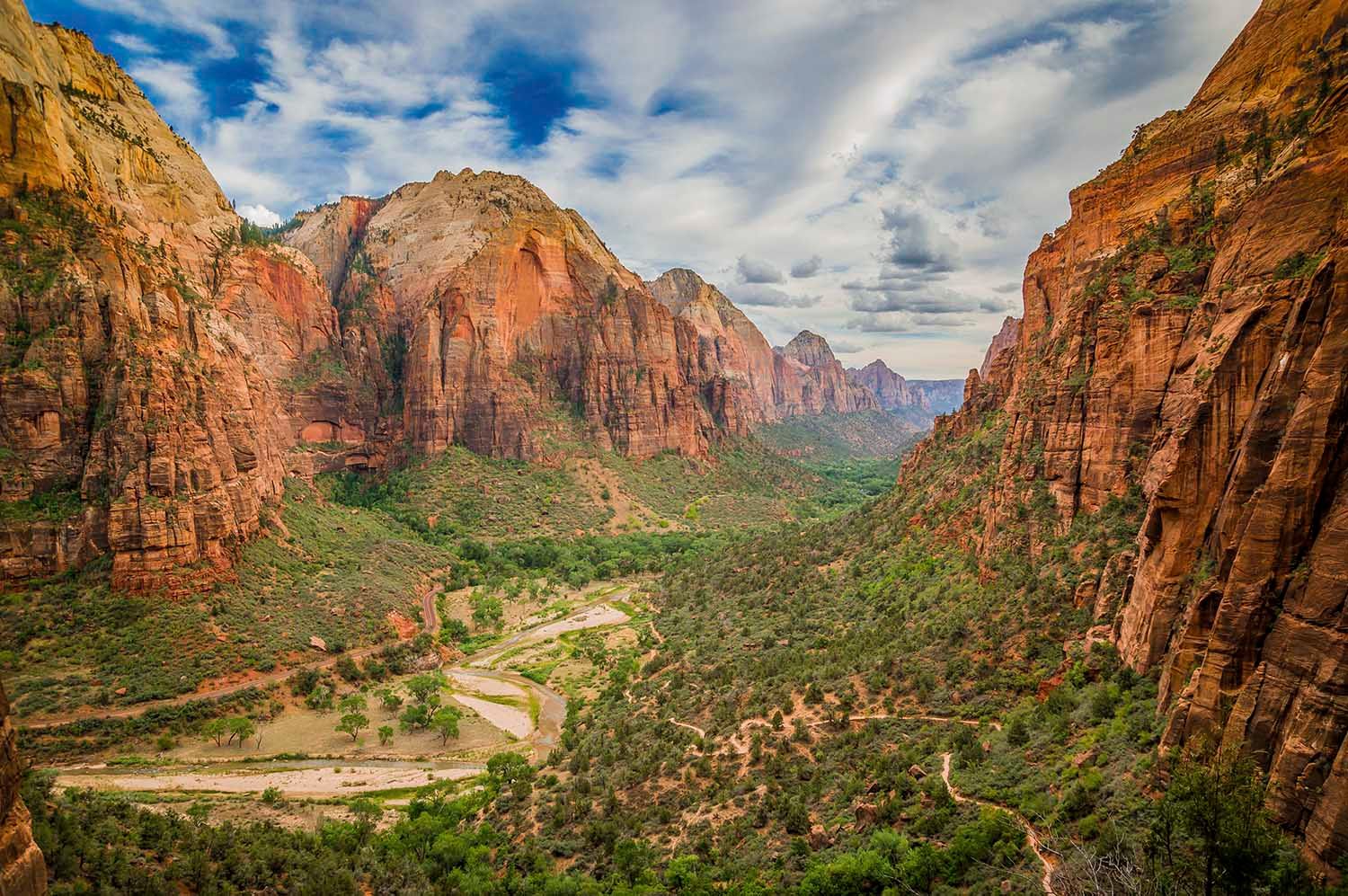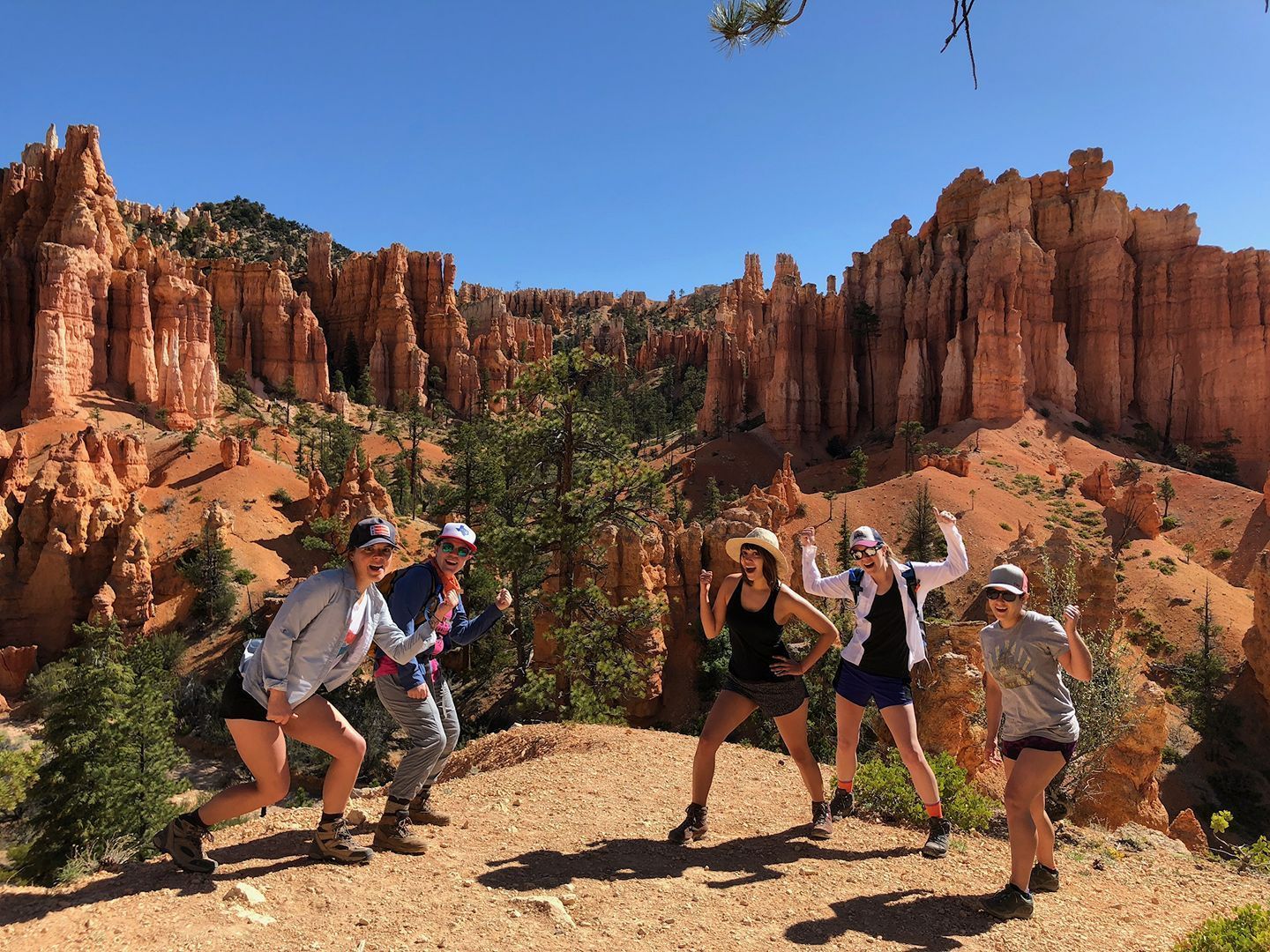Trips With Pack Animal Support
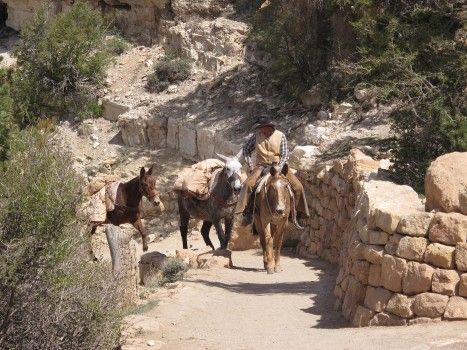
John Hance liked to tell stories. Big stories. His favorite was that he dug the Grand Canyon himself and piled up the rocks and dirt out by Flagstaff. He was too modest to name the mountains after himself so they call them the San Francisco Peaks today.
Hance came to the Grand Canyon to mine asbestos but he quickly realized there were more dollars to dig out of the pockets of tourists than the billion-year old walls of the canyon. Despite having one of the world’s great wonders to show off the colorful raconteur was as big a draw as the mile-deep gorge in his time. After returning from Arizona visitors would often gush as much about the guide as the canyon.
Late in 1886 Hance walked into the offices of the Flagstaff Arizona Champion and took out an ad offering accommodations in his hotel on the rim – the canyon’s first – and a journey down below from Grandview Point on the back of a mule. A unique Grand Canyon tradition was born.
Why a mule?
A mule is a cross between a male donkey and a female horse. From this genetic stew the mule inherits from the donkey intelligence, endurance, great strength and patience. From the horse comes nimbleness of foot and size. All of these traits make the mule the ideal trail companion for trips into the Grand Canyon.
For riders, mules are picked from the herd for their steady nerves and gentleness. Grand Canyon saddles are specially crafted on site to better fit a mule’s flatter back and boast a high cantle at the back and a high swell under the saddle horn to better keep the rider from sliding backwards or forwards on the constantly sloping canyon trails. A horn gives an extra hold for skittish riders.
Mules have been a fixture at the Grand Canyon for over 100 years. While the behavior of animals in a wilderness environment can never be completely predictable the safety record of mules in the hands of trained skinners in the canyon is exemplary. Mules always have the right of way on the trail – walking or resting.
The real facility of mules at the Grand Canyon
Mule trains do much more than ferry riders to the depths of the Grand Canyon. Even in this age of drones, almost everything that makes its way to the bottom of the canyon arrives on the back of an animal. That includes supplies and the U.S. Mail to Phantom Ranch. Trash is also hauled out by mules.
The result is that while only a handful of mule riders are permitted in the canyon each day there are some 10,000 commercial trips per year from the South Rim and 8,000 from the North Rim. At Four Seasons, mules are used for support, hauling camping gear, food and other essentials into the canyon. Trips with Pack Animal Support leaves hikers with just a lightweight day pack to ease the journey and allow for more spirited explorations of the nooks and crannies of the Grand Canyon beneath the rim. The mule train to the bottom of the Grand Canyon – a tradition not to be missed.
Four Season Guides, 506 N Grant St suite o, Flagstaff, AZ 86004, United States
+19285251552
35.19653980, -111.62000560

